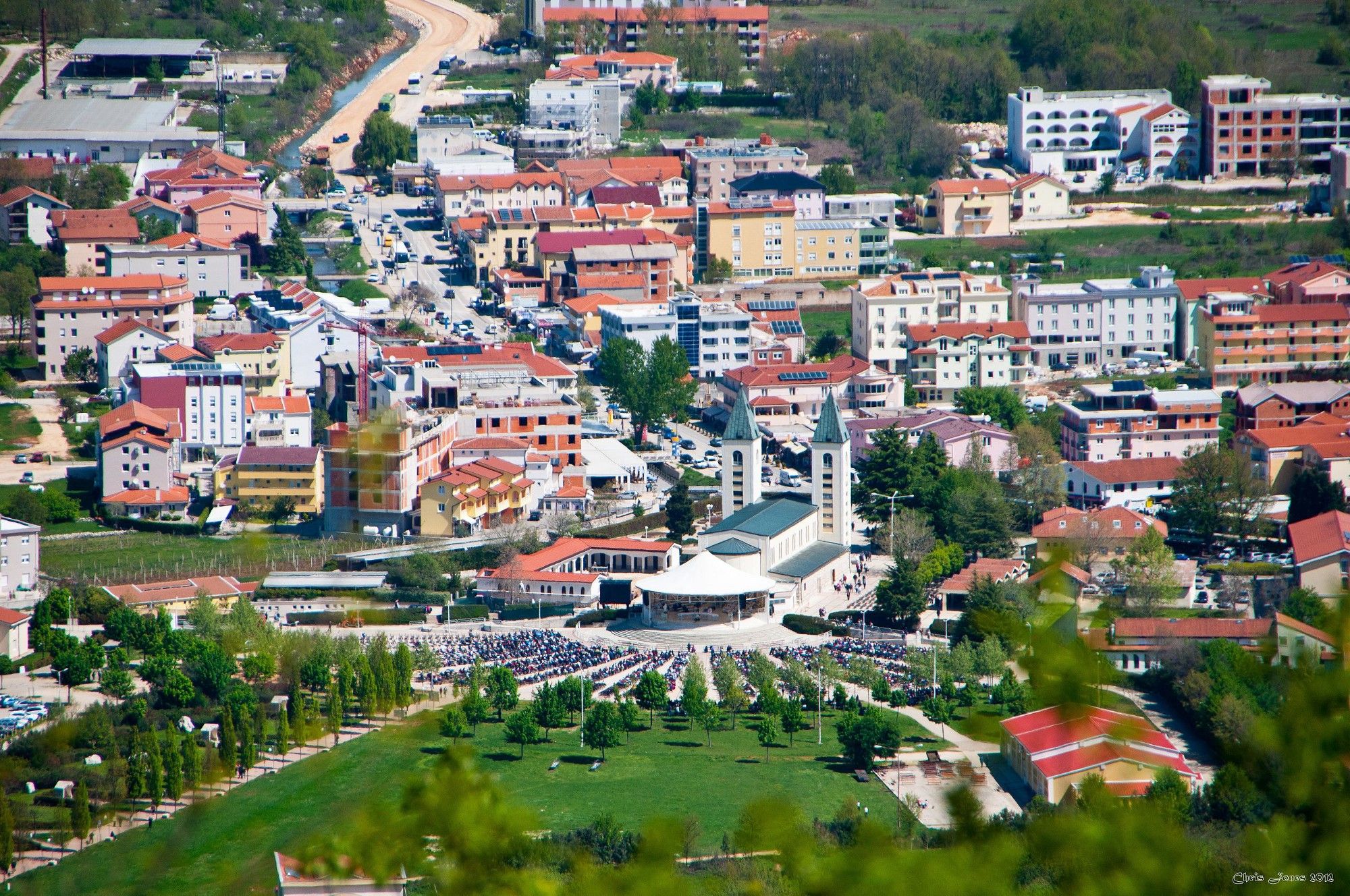MaryTV deploys Video Transport

MaryTV originates from Medjugorje, a village in Bosnia and Herzegovina, which became a popular destination for Catholic pilgrimage due to the belief that the Blessed Virgin Mary has been appearing to a group of teenagers since 1981.
The video engineers at MaryTV produce a full-time OTT television channel which is available on their web site, via Apple TV, iOS and Android and reaches thousands of people every day. I had a Friday evening conversation with Mario Zubac, a video engineer who integrated Medialooks Video Transport into the channel’s workflow.
MaryTV was started in 2010 with one computer and camera and now operates a professional 400 square meters studio adjacent to the St. James Church, broadcasting Masses, prayers, rosaries, adorations, press conferences and other events on a daily basis.
Medialooks Video Transport is being successfully used to deliver the final studio mixdown from Medjugorje to a studio in the U.S., where it is published as NDI® and automatically picked up by XPlayout—a Medialooks-based product from Axel Technology. From there the stream is contributed to a CDN and delivered to a global audience.
The first time I installed and tested it at various locations sending video across the world, I could’t believe how smooth and rock solid it was, so I introduced it to our team and we started to use it as a backup, and now we are using it every day as our main video transport and absolutely love it.

MaryTV is a 24/7 channel which plays pre-recorded content for 18 hours a day with the remaining air time streamed live from Medjugorje. Also, another remote stream is a daily Rosary lead by the MaryTV founders contributed from Notre Dame, Indiana.
We are really really happy with the stream and how it works, how it performs… There’s nothing like it. We really spent like half a year, even more trying to do Full HD via RTMP, sending it from Bosnia to America. It was impossible.
After struggling with other delivery methods, such as RTMP and HLS, with latency reaching 30 seconds and no reliability at all, the use of Video Transport with SRT has brought the latency down to 100 msec with 24/7 uptime.

Mario says one of his favourite features in Medialooks VT is compatibility: the NDI output makes streams available on any computer in the network, but with support for SDI cards it is really easy to integrate into virtually any workflow.
I think what’s cool is the way it synchronizes cameras. If you have two cameras in the field and then you want to mix them in the studio, you can send them both and they are in sync automatically. That’s one of the best features.
Mario also appreciates the statistics feature: data about packet loss is critical to troubleshooting connectivity issues. He also believes it’s great that it is just software: working with dedicated hardware is limiting and usually more expensive.
Everything was just ideal for our needs. It’s something that solved our problems and we don’t have to worry about it anymore. It’s a harmony that just works.
